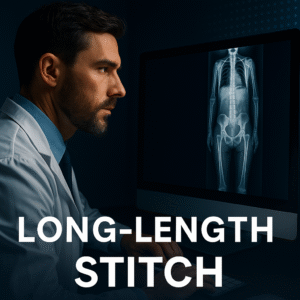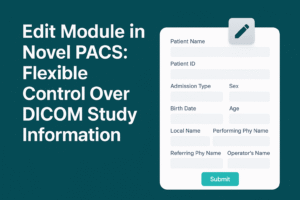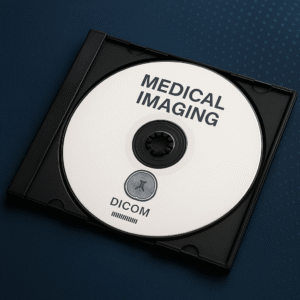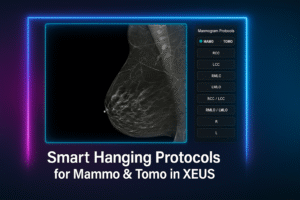Modern Solutions for Sharing Medical Images
Until now, solutions for sharing medical images between patients, imaging centers, and even treating physicians have primarily involved printing images on film or burning them onto CDs. Each of these methods comes with its own set of drawbacks and costs.With the advent of technology and internet-based solutions, PACS (Picture Archiving and Communication System) can now generate unique links for each study, allowing images to be shared in their original quality through various methods such as social media, email, or even SMS.
Traditional methods had several issues, including:
– Patients need to revisit the center to collect their images.
– Costs and time associated with producing radiographic films and CDs.
– The potential for CDs and films to become damaged or lost.
– The necessity for physical storage space for radiographic films at the center.
– The difficulty for patients in transporting and storing these films.
– The lack of a straightforward way for physicians to view images from CDs.
In response to these challenges, Novel has developed solutions that automatically generate unique and intelligent links for each exam as soon as they are registered on PACS. These links are accessible over the internet without restrictions related to browser type, device, or operating system.
Novel provides these links via various channels such as messaging apps, email, and SMS.
The advantages of this system for both the center and the patient include:
– Time savings.
– Cost savings.
– Increased speed and accuracy in service delivery to patients.
– Enhanced quality through the smart delivery of services via technology, leading to an increase in the number of patients.
– Environmental benefits due to the non-recyclable nature of radiology films.
Benefits:
– Eliminating the difficulty of transporting and storing radiographic films.
– 24/7 access to images.
– Easy access to images from any geographical location.
– Viewing images on mobile phones, tablets, and all available digital platforms.
– No need for additional software installation on platforms to view images.
– The ability to send image links to the desired physician and receive consultations without visiting the office or healthcare center.
– Each image link is unique and without time limitations.
– Ensuring patient data security through identity verification when accessing the image link.
In conclusion, these solutions represent a significant step toward modern medicine, reducing wait times, and enabling patients to view their images and send them to their physicians from anywhere with an internet connection. Additionally, from a security perspective, this service can incorporate two-factor authentication.





